Your cart is currently empty!
Tag: CUDA
A Beginner’s Guide to NVIDIA CUDA: What You Need to Know
If you’re new to the world of GPU programming, NVIDIA CUDA is a powerful tool that can help you harness the full potential of your graphics card for parallel processing tasks. CUDA stands for Compute Unified Device Architecture and is a parallel computing platform and application programming interface (API) model created by NVIDIA.CUDA allows developers to program in C or C++ and use NVIDIA GPUs for general purpose processing, not just for graphics rendering. This means that you can take advantage of the massive parallel processing power of modern GPUs to accelerate a wide range of applications, from machine learning and scientific simulations to video processing and gaming.
To get started with NVIDIA CUDA, here are some key concepts and tools you need to know:
1. GPU Architecture: NVIDIA GPUs are built with thousands of cores that can execute multiple threads in parallel. CUDA allows you to write programs that can leverage this parallelism to speed up computations significantly compared to running them on a CPU.
2. CUDA Toolkit: The CUDA Toolkit is a set of tools and libraries provided by NVIDIA for developing CUDA applications. It includes the CUDA runtime, compiler, debugger, and performance profiling tools. You can download the latest version of the CUDA Toolkit from the NVIDIA website.
3. CUDA Programming Model: In CUDA programming, you write a kernel function that will be executed on the GPU. Kernels are written in C or C++ and are launched from the host (CPU) code. You can also use CUDA libraries such as cuBLAS and cuDNN for common tasks like linear algebra and deep learning.
4. Memory Management: In CUDA, you have access to different types of memory on the GPU, such as global memory, shared memory, and constant memory. Managing memory efficiently is crucial for achieving good performance in CUDA applications.
5. Parallelism: CUDA allows you to exploit different levels of parallelism, including thread-level parallelism within a block of threads, block-level parallelism within a grid of blocks, and grid-level parallelism across multiple GPUs. Understanding how to balance these levels of parallelism is essential for optimizing performance.
6. Error Handling: CUDA provides functions for error checking and handling to help you debug your code. It’s important to check for errors after every CUDA function call to catch any issues early on.
7. Optimization Techniques: There are several optimization techniques you can use to improve the performance of your CUDA applications, such as reducing memory transfers between the CPU and GPU, increasing the occupancy of GPU cores, and using shared memory for communication between threads.
Overall, NVIDIA CUDA is a powerful tool for unlocking the full potential of your GPU for parallel processing tasks. By familiarizing yourself with the key concepts and tools mentioned above, you can start developing high-performance CUDA applications and take advantage of the massive computational power of modern GPUs. Happy coding!
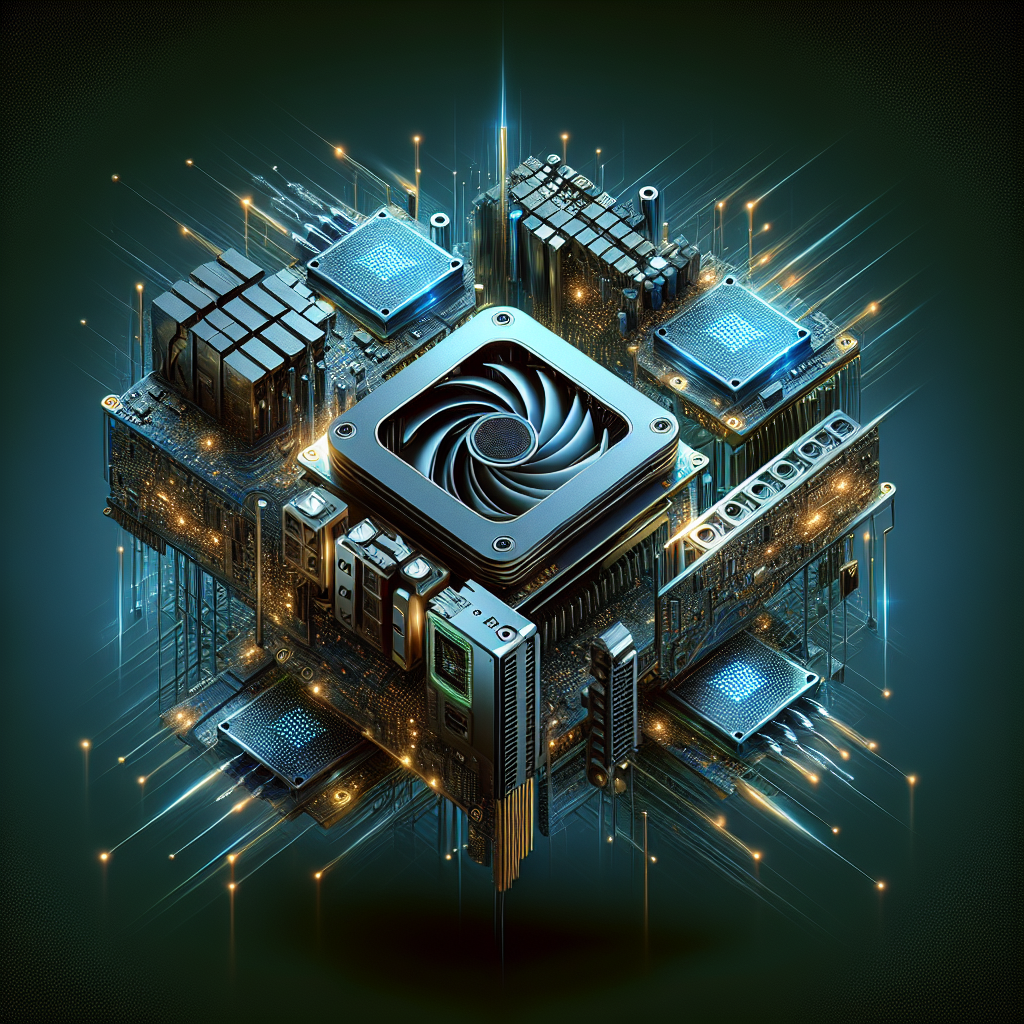
Exploring the Power of NVIDIA RTX: A Comprehensive Overview
NVIDIA RTX is a revolutionary technology that has changed the gaming and graphics industry. The power of RTX lies in its ability to deliver realistic lighting, shadows, and reflections in real-time, creating an immersive and lifelike gaming experience.One of the key features of NVIDIA RTX is ray tracing, a rendering technique that simulates the way light interacts with objects in a scene. This allows for more realistic lighting effects, shadows, and reflections, making games look more lifelike than ever before. With RTX, developers can create stunning visuals that were previously only possible in pre-rendered cinematics.
RTX also includes DLSS (Deep Learning Super Sampling), a technology that uses AI to upscale lower resolution images to higher resolutions. This not only improves image quality, but also increases performance by reducing the workload on the GPU. DLSS allows gamers to experience smoother gameplay at higher resolutions without sacrificing performance.
Another important feature of RTX is real-time ray tracing, which allows for more accurate and realistic reflections and shadows. This technology is particularly important for games with highly reflective surfaces, such as water or glass. With RTX, developers can create more immersive worlds that feel truly alive.
In addition to gaming, NVIDIA RTX has applications in other industries as well. For example, RTX can be used in architectural visualization to create photorealistic renderings of buildings and landscapes. It can also be used in film and animation production to create realistic lighting and effects.
Overall, NVIDIA RTX is a game-changing technology that has the potential to revolutionize the way we experience graphics and visuals. Its advanced features such as ray tracing, DLSS, and real-time ray tracing are pushing the boundaries of what is possible in gaming and graphics. As developers continue to harness the power of RTX, we can expect to see even more stunning and immersive visuals in the future.
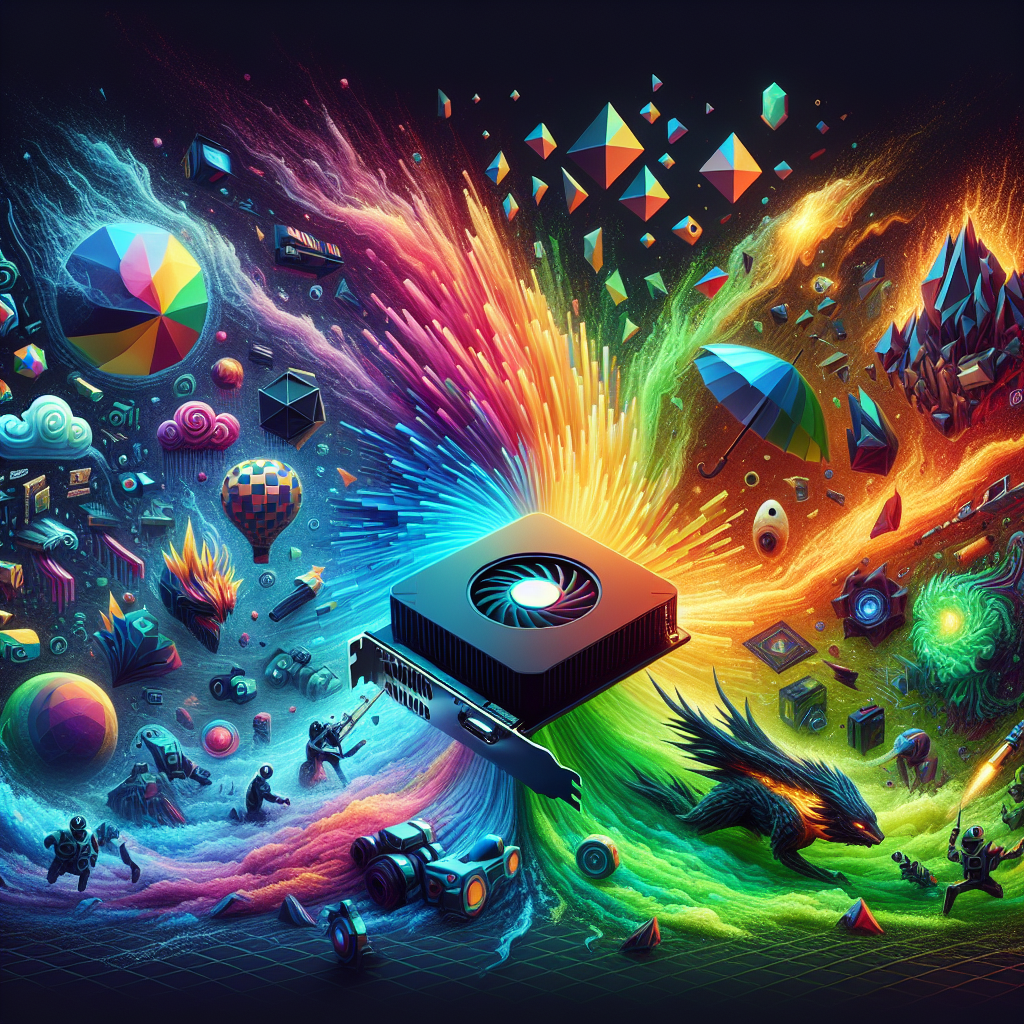
Exploring the Power of NVIDIA GeForce: A Deep Dive into Gaming Graphics
NVIDIA GeForce is a powerhouse in the world of gaming graphics, providing gamers with cutting-edge technology that enhances their gaming experience. From realistic graphics to smooth gameplay, NVIDIA GeForce offers a range of features that push the boundaries of what is possible in gaming.One of the key features of NVIDIA GeForce is its ability to deliver stunning visuals. With advanced graphics processing units (GPUs) and real-time ray tracing technology, NVIDIA GeForce brings games to life with incredibly detailed graphics and realistic lighting effects. This allows gamers to immerse themselves in virtual worlds that look and feel like the real thing.
In addition to its impressive graphics capabilities, NVIDIA GeForce also delivers smooth and fluid gameplay. With high frame rates and low latency, games run seamlessly on GeForce-powered systems, providing a responsive and immersive gaming experience. This is especially important for competitive gamers who need quick reflexes and precise control to stay ahead of the competition.
Another standout feature of NVIDIA GeForce is its support for virtual reality (VR) gaming. With VR headsets becoming more popular, NVIDIA GeForce ensures that gamers can enjoy a truly immersive VR experience with smooth graphics and low latency. This opens up a whole new world of possibilities for gamers, allowing them to explore virtual worlds in a way that was previously unimaginable.
NVIDIA GeForce also offers a range of additional features that enhance the gaming experience. This includes NVIDIA Ansel, a powerful in-game photo mode that allows gamers to capture stunning screenshots and create unique images from their favorite games. Additionally, NVIDIA Highlights automatically captures and saves memorable moments from gameplay, making it easy for gamers to share their achievements with friends and followers.
Overall, NVIDIA GeForce is a game-changer in the world of gaming graphics. With its advanced technology, stunning visuals, and seamless gameplay, NVIDIA GeForce allows gamers to experience their favorite games in a whole new way. Whether you’re a casual gamer or a competitive pro, NVIDIA GeForce has something to offer that will take your gaming experience to the next level.
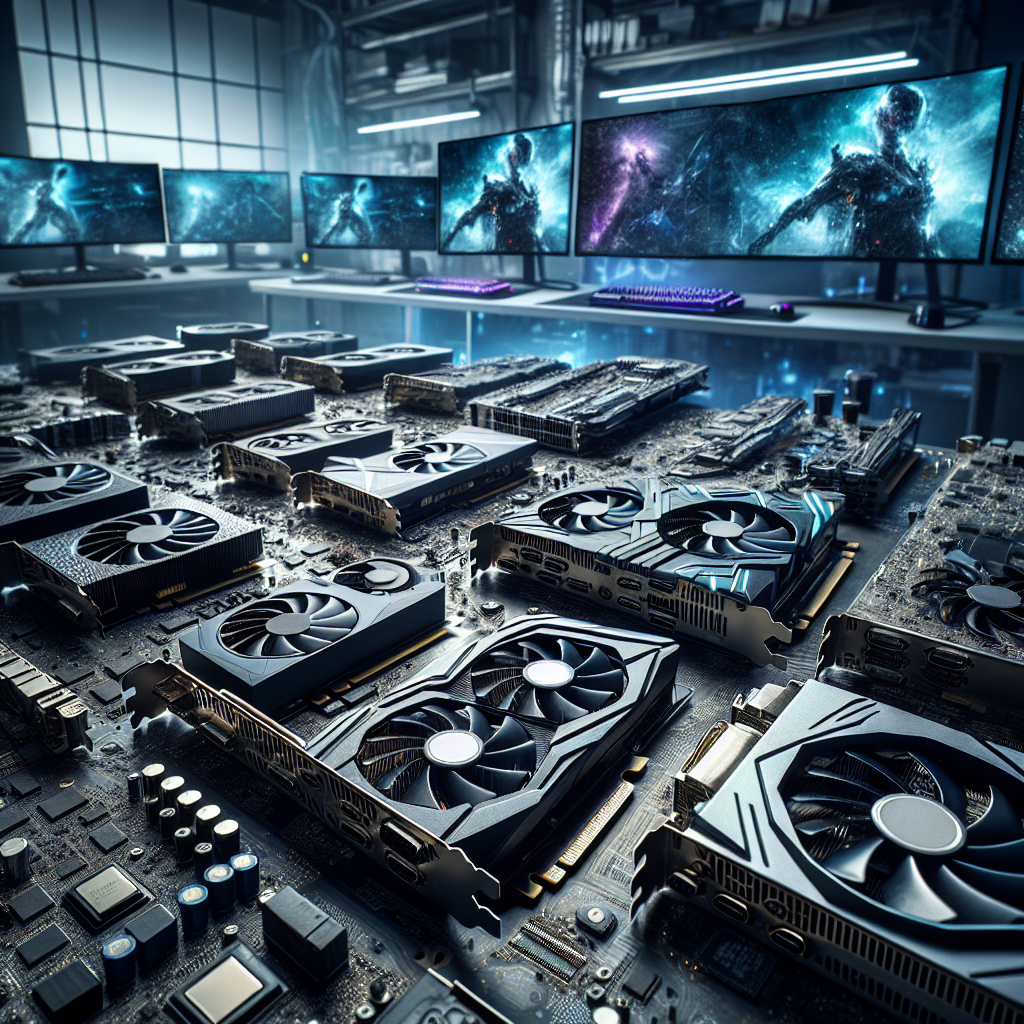
Exploring the Latest NVIDIA Graphics Cards: A Comprehensive Overview
NVIDIA has long been a leader in the world of graphics cards, constantly pushing the boundaries of what is possible in terms of graphics performance. With their latest lineup of graphics cards, NVIDIA continues to innovate and impress with their cutting-edge technology and impressive performance.The latest NVIDIA graphics cards offer a wide range of features and capabilities, making them ideal for a variety of applications, from gaming to content creation to professional workloads. In this comprehensive overview, we will explore some of the key features and benefits of the latest NVIDIA graphics cards.
One of the standout features of the latest NVIDIA graphics cards is their impressive performance. With powerful GPUs and advanced architecture, these cards deliver stunning graphics and smooth gameplay, even in the most demanding games. Whether you are a casual gamer or a hardcore enthusiast, the latest NVIDIA graphics cards offer the performance you need to take your gaming experience to the next level.
In addition to their impressive performance, the latest NVIDIA graphics cards also offer a range of advanced features to enhance your gaming experience. NVIDIA’s RTX technology, for example, allows for real-time ray tracing, creating lifelike lighting effects and reflections that add a new level of realism to games. With support for DLSS (Deep Learning Super Sampling) technology, these cards also deliver improved image quality and performance, allowing for smoother gameplay at higher resolutions.
NVIDIA’s graphics cards are also ideal for content creators and professionals, offering powerful performance for tasks such as video editing, 3D rendering, and graphic design. With support for NVIDIA Studio drivers, these cards are optimized for creative applications, delivering fast rendering times and smooth performance for even the most demanding workloads.
Overall, the latest NVIDIA graphics cards offer a comprehensive range of features and capabilities, making them a top choice for gamers, content creators, and professionals alike. With their impressive performance, advanced features, and optimized drivers, these cards deliver the power and versatility you need to take your graphics and gaming experience to the next level. Whether you are looking to upgrade your gaming rig or enhance your creative workflow, the latest NVIDIA graphics cards have you covered.
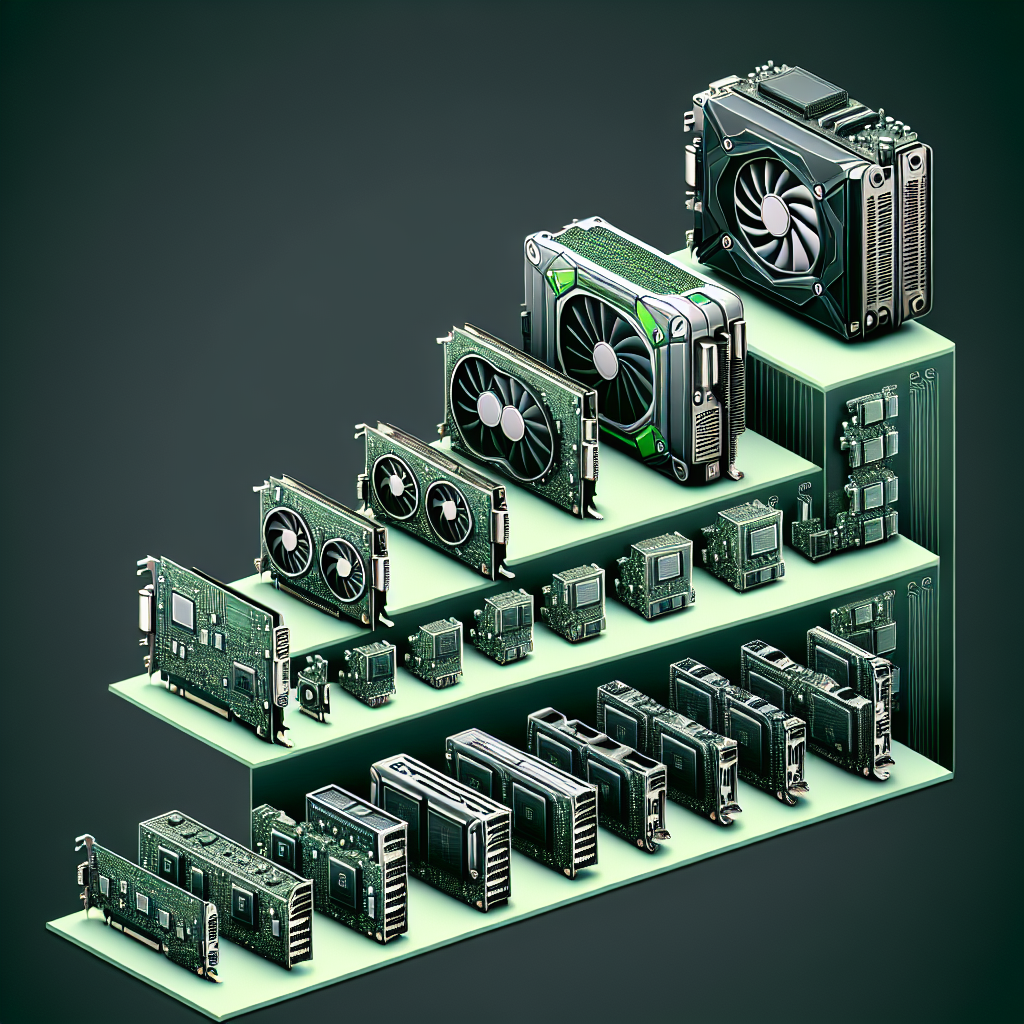
The Evolution of NVIDIA GPUs: A Comprehensive History
As one of the leading manufacturers of graphics processing units (GPUs) in the world, NVIDIA has revolutionized the way we experience graphics in computers and gaming consoles. Over the years, NVIDIA has continuously pushed the boundaries of GPU technology, introducing faster, more efficient, and more powerful GPUs with each new release. Let’s take a look at the evolution of NVIDIA GPUs and how they have shaped the world of graphics processing.NVIDIA was founded in 1993 by Jensen Huang, Chris Malachowsky, and Curtis Priem, with the goal of creating high-performance graphics chips for the gaming industry. The company released its first GPU, the NV1, in 1995, which was a groundbreaking product at the time. However, it was the release of the GeForce 256 in 1999 that truly put NVIDIA on the map. The GeForce 256 was the first GPU to feature hardware transform and lighting, which significantly improved graphics rendering and performance in games.
Since then, NVIDIA has continued to innovate and push the boundaries of GPU technology. The GeForce 3, released in 2001, introduced programmable shaders, allowing developers to create more realistic and immersive graphics in games. The GeForce 6 series, released in 2004, introduced support for DirectX 9, further improving graphics quality and performance.
In 2006, NVIDIA released the GeForce 8 series, which introduced support for DirectX 10 and unified shader architecture. This allowed for more efficient and flexible processing of graphics, leading to even better performance in games. The GeForce 9 series, released in 2008, continued to push the boundaries of GPU technology, introducing support for PhysX and CUDA, which allowed for more realistic physics simulations and general-purpose computing on the GPU.
In 2012, NVIDIA released the GeForce GTX 600 series, which introduced support for DirectX 11 and NVIDIA’s Kepler architecture. This architecture significantly improved power efficiency and performance, making it a popular choice for gamers and professionals alike. The GeForce GTX 700 series, released in 2013, continued to build on the success of the Kepler architecture, introducing support for NVIDIA’s Boost technology, which allowed for automatic overclocking of the GPU.
In 2016, NVIDIA released the GeForce GTX 1000 series, which introduced support for DirectX 12 and NVIDIA’s Pascal architecture. This architecture was a significant leap forward in terms of performance and efficiency, making it one of the most powerful GPUs on the market at the time. The GeForce GTX 2000 series, released in 2018, continued to build on the success of the Pascal architecture, introducing support for real-time ray tracing and AI-enhanced graphics.
In 2020, NVIDIA released the GeForce RTX 3000 series, which introduced support for NVIDIA’s Ampere architecture. This architecture significantly improved performance and efficiency, making it one of the most powerful GPUs on the market. The GeForce RTX 3000 series also introduced support for real-time ray tracing and AI-enhanced graphics, further pushing the boundaries of GPU technology.
Overall, the evolution of NVIDIA GPUs has been a constant journey of innovation and improvement. With each new release, NVIDIA continues to push the boundaries of GPU technology, introducing faster, more efficient, and more powerful GPUs that have revolutionized the way we experience graphics in computers and gaming consoles. As technology continues to advance, it will be exciting to see what NVIDIA has in store for the future of GPU technology.
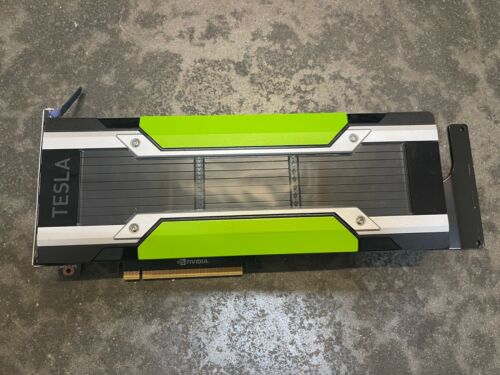
NVIDIA TESLA M40 24GB GDDR5 PCI-E 3.0X16 GPU CARD CUDA PG600

NVIDIA TESLA M40 24GB GDDR5 PCI-E 3.0X16 GPU CARD CUDA PG600
Price :499.99– 89.99
Ends on : N/A
View on eBay
Introducing the NVIDIA TESLA M40 24GB GDDR5 PCI-E 3.0X16 GPU CARD CUDA PG600Are you in need of a powerful GPU card for your high-performance computing needs? Look no further than the NVIDIA TESLA M40. With its impressive 24GB of GDDR5 memory and PCI-E 3.0X16 interface, this GPU card is designed to handle even the most demanding workloads with ease.
Equipped with NVIDIA’s CUDA parallel computing platform, the TESLA M40 is optimized for accelerating a wide range of scientific, engineering, and deep learning applications. Whether you’re working on complex simulations, data analysis, or machine learning tasks, this GPU card has the performance and memory capacity to handle it all.
So why settle for anything less when you can have the best? Upgrade to the NVIDIA TESLA M40 24GB GDDR5 PCI-E 3.0X16 GPU CARD CUDA PG600 and experience the power of cutting-edge technology in your workstation today.
#NVIDIA #TESLA #M40 #24GB #GDDR5 #PCIE #3.0X16 #GPU #CARD #CUDA #PG600
